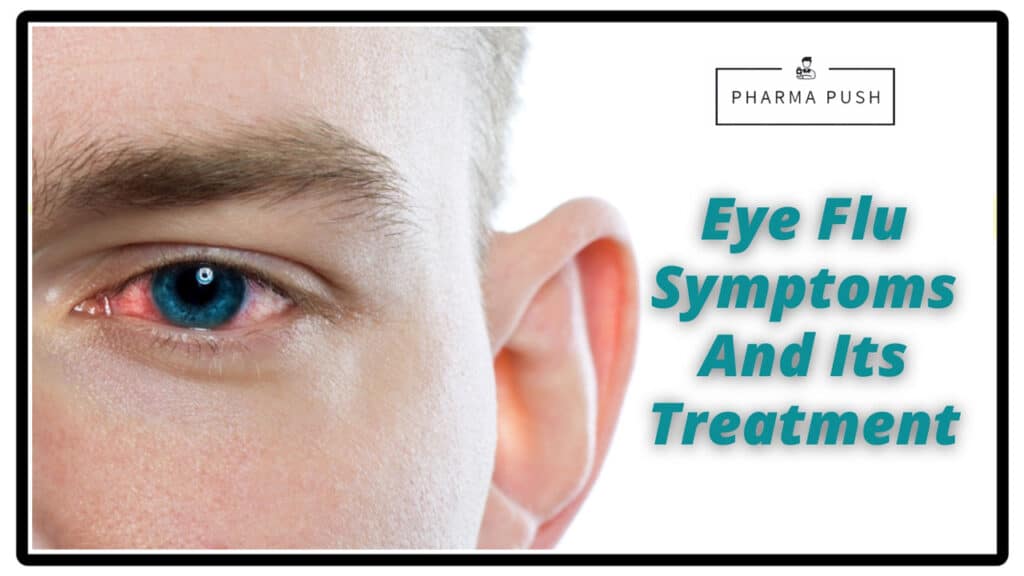What are Fainting?
Fainting, medically known as syncope, is a sudden and temporary loss of consciousness typically caused by a temporary reduction in blood flow to the brain. This reduction in blood flow deprives the brain of oxygen and glucose, leading to a brief loss of consciousness and muscle tone. Fainting is often preceded by symptoms such as dizziness, light headedness, nausea, sweating, and visual disturbances. It can occur due to various factors, including dehydration, low blood sugar, stress, sudden changes in posture, heart conditions, neurological disorders, and certain medications.
Fainting episodes are usually brief and resolve spontaneously once blood flow to the brain is restored. However, it’s essential to investigate the underlying cause of fainting, especially if it occurs frequently or is associated with concerning symptoms, to ensure appropriate treatment and management.
Certainly, let’s delve deeper into the causes of sudden fainting, particularly focusing on dehydration, stress, and other potential triggers:
- Dehydration:
- Explanation: Dehydration occurs when the body loses more fluids than it takes in. This can happen due to inadequate fluid intake, excessive sweating (such as during exercise or in hot environments), vomiting, diarrhea, or certain medical conditions.
- Mechanism: Dehydration leads to a decrease in blood volume and, consequently, a drop in blood pressure. Reduced blood flow to the brain can result in dizziness, lightheadedness, and fainting.
- Stress and Anxiety:
- Explanation: Stress and anxiety trigger the body’s “fight or flight” response, releasing stress hormones such as adrenaline and cortisol. This response can lead to physiological changes, including increased heart rate and blood pressure.
- Mechanism: In some cases, the body’s response to stress can cause a sudden drop in blood pressure, reducing blood flow to the brain and resulting in fainting.
- Low Blood Sugar (Hypoglycemia):
- Explanation: Hypoglycemia occurs when blood sugar levels drop below normal levels, typically below 70 milligrams per deciliter (mg/dL).
- Mechanism: Glucose is the primary energy source for the brain. When blood sugar levels fall too low, the brain may not receive enough glucose to function properly, leading to symptoms such as dizziness, weakness, confusion, and fainting.
- Orthostatic Hypotension:
- Explanation: Orthostatic hypotension is characterized by a sudden drop in blood pressure that occurs when standing up from a lying or sitting position.
- Mechanism: When changing positions, the body must adjust to counteract the effects of gravity. In orthostatic hypotension, this adjustment is impaired, resulting in inadequate blood flow to the brain and temporary loss of consciousness.
- Vasovagal Syncope:
- Explanation: Vasovagal syncope is a common cause of fainting and occurs in response to triggers such as the sight of blood, emotional stress, pain, or prolonged standing.
- Mechanism: The trigger stimulates the vagus nerve, which leads to a sudden drop in heart rate and blood pressure. This can cause a temporary loss of consciousness.
You May Like: Treatment of Eye flu disease in easy language
You May Like: How to Treat Acne Problems
Understanding these mechanisms can help individuals recognize potential triggers and take preventive measures to avoid fainting episodes, such as staying hydrated, managing stress levels, maintaining stable blood sugar levels, and being cautious when changing positions. If fainting episodes persist or are accompanied by concerning symptoms, it’s important to seek medical evaluation to determine the underlying cause and appropriate treatment.
How to Prevention of Fainting
Preventing fainting episodes involves identifying potential triggers and taking proactive measures to minimize their occurrence. Here are some strategies for preventing fainting:
- Stay Hydrated: Drink an adequate amount of water throughout the day to prevent dehydration, especially in hot weather or during physical activity.
- Maintain Stable Blood Sugar Levels: Eat regular, balanced meals to prevent episodes of low blood sugar (hypoglycemia). Avoid skipping meals and monitor your blood sugar levels if you have diabetes or are prone to hypoglycemia.
- Avoid Triggers: Identify and avoid triggers that can lead to fainting, such as standing up quickly, prolonged standing, exposure to heat, stressful situations, or the sight of blood.
- Change Positions Slowly: When transitioning from lying down to standing up, do so slowly to allow your body time to adjust and prevent orthostatic hypotension (a sudden drop in blood pressure upon standing).
- Stay Cool: Avoid overheating by staying in a cool environment, especially during hot weather. Use fans or air conditioning when necessary.
- Manage Stress: Practice stress-reduction techniques such as deep breathing, meditation, yoga, or progressive muscle relaxation to help manage stress and anxiety levels.
- Stay Active: Regular physical activity can help improve cardiovascular health and circulation, reducing the risk of fainting. However, avoid intense physical exertion in extreme temperatures or environments where dehydration is more likely.
- Be Cautious with Medications: Some medications can cause dizziness, low blood pressure, or other side effects that may increase the risk of fainting. Consult your healthcare provider about any medications you are taking and their potential side effects.
- Wear Compression Stockings: If you experience orthostatic hypotension, wearing compression stockings can help improve circulation and prevent blood from pooling in your legs when standing.
- Stay Well-Informed: Educate yourself about the potential causes and warning signs of fainting. Knowing your triggers and symptoms can help you take appropriate action to prevent fainting episodes.
If you experience frequent or recurrent fainting episodes despite preventive measures, it’s important to consult a healthcare professional for further evaluation and management. They can help identify any underlying medical conditions contributing to your fainting episodes and recommend appropriate treatment options.



Good Work